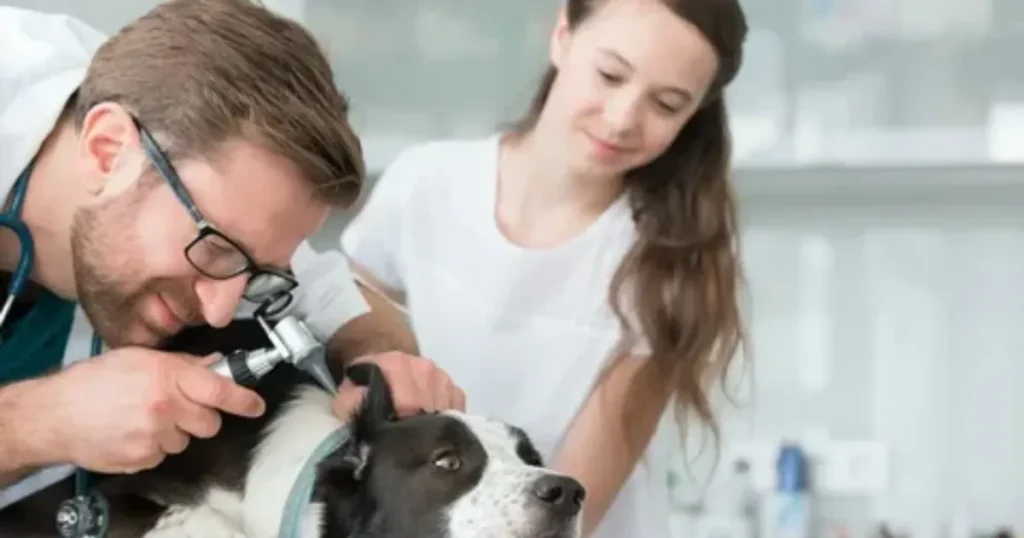First Aid Tips Every Dog Owner Must Know: Be Prepared for Emergencies
Being Your Dog’s First Responder
As loving dog owners, we strive to keep our companions safe from harm. But despite our best efforts, here we will give dog first aid tips, accidents and emergencies can happen unexpectedly. Whether it’s a minor cut from a rough play session, a sudden allergic reaction, or a more serious incident like choking or heatstroke, knowing how to react calmly and effectively in those first critical moments can make a significant difference in the outcome.
Having basic knowledge of first aid tips every dog owner must know empowers you to provide immediate care, stabilize your pet, and potentially save their life while you seek professional veterinary help. Being prepared for dog first aid isn’t about replacing your veterinarian; it’s about being the best possible first responder for your furry family member.
Perhaps you’ve wondered what you would do if your dog started choking, ingested something toxic, or suffered a deep cut. What essential supplies should you have in a canine first aid kit? How can you tell if a situation requires immediate vet attention versus home care? Understanding basic emergency pet care principles can alleviate panic and enable you to act decisively. This guide will cover essential dog first aid tips for common emergencies, outline the crucial items for a pet first aid kit, and emphasize when immediate veterinary intervention is non-negotiable. Let’s equip ourselves with the knowledge to help our dogs when they need us most.
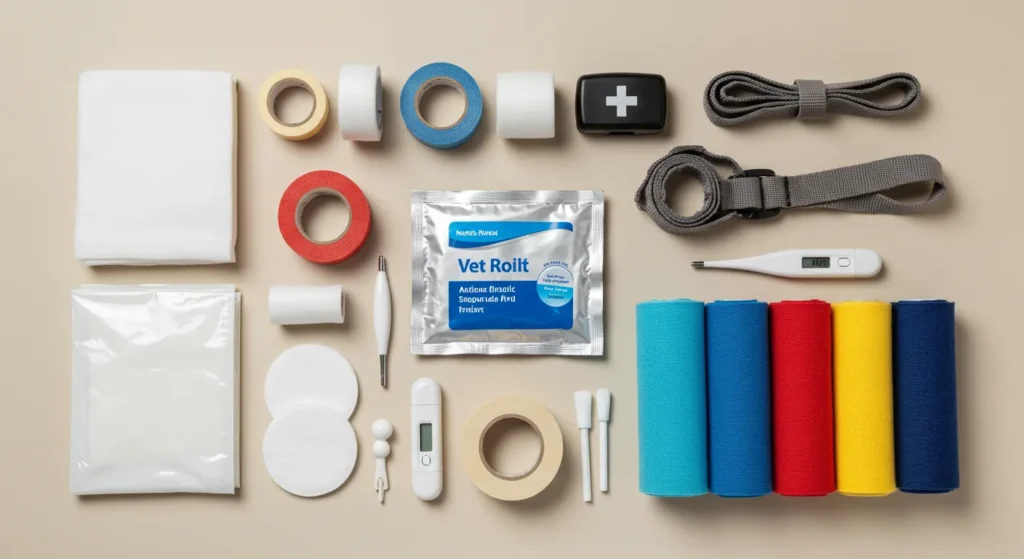
Summary
Essential Dog First Aid Kit Supplies
Being prepared starts with having the right tools. Keep a well-stocked canine first aid kit readily accessible at home and consider a smaller version for your car or travel.
Basic Supplies:
- Contact Information: Your vet’s phone number, nearest emergency vet clinic number, and ASPCA Animal Poison Control Center number (e.g., (888) 426-4435 – fees may apply).
- Gauze Pads and Rolls: Sterile, various sizes for wound dressing and pressure application.
- Non-Stick Bandages/Pads: To cover wounds without sticking.
- Adhesive Tape: Medical tape (avoid human Band-Aids, the adhesive can pull fur).
- Self-Adhering Elastic Bandage (Vet Wrap): Stretchy wrap that sticks to itself, not fur.
- Antiseptic Wipes or Solution: Povidone-iodine or chlorhexidine solution (diluted as directed) for cleaning wounds (avoid alcohol or hydrogen peroxide on open wounds unless directed by a vet, as they can damage tissue).
- Saline Solution: Sterile saline for flushing eyes or wounds.
- Scissors: Blunt-tipped bandage scissors.
- Tweezers: For removing splinters or tick removal (fine-tipped).
- Digital Thermometer: Rectal thermometer specifically for pet use (normal dog temp is approx. 101-102.5°F or 38.3-39.2°C).
- Lubricant: Water-based lubricant (like K-Y Jelly) for taking rectal temperature.
- Muzzle: Even the gentlest dog may bite when injured or scared. A temporary muzzle protects you (use only if the dog is not vomiting or having trouble breathing).
- Leash and Collar/Harness: Extra set for control.
- Towel or Blanket: For warmth, restraint, or as a makeshift stretcher.
- Gloves: Disposable latex or nitrile gloves.
- Syringe (no needle) or Eye Dropper: For administering liquid medication or flushing wounds/eyes.
- Flashlight: To examine eyes, ears, or wounds in poor light.
Optional/Advanced Supplies (Consult Vet):
- Styptic Powder: To stop bleeding from minor cuts or broken nails.
- Activated Charcoal: To absorb ingested poisons (use only under veterinary direction).
- Hydrogen Peroxide 3%: To induce vomiting (use only under veterinary direction and dosage guidance).
- Diphenhydramine (Benadryl): For allergic reactions (consult vet for dosage and appropriateness).
- Glucose Source (Corn Syrup/Honey): For diabetic dogs or hypoglycemic episodes.
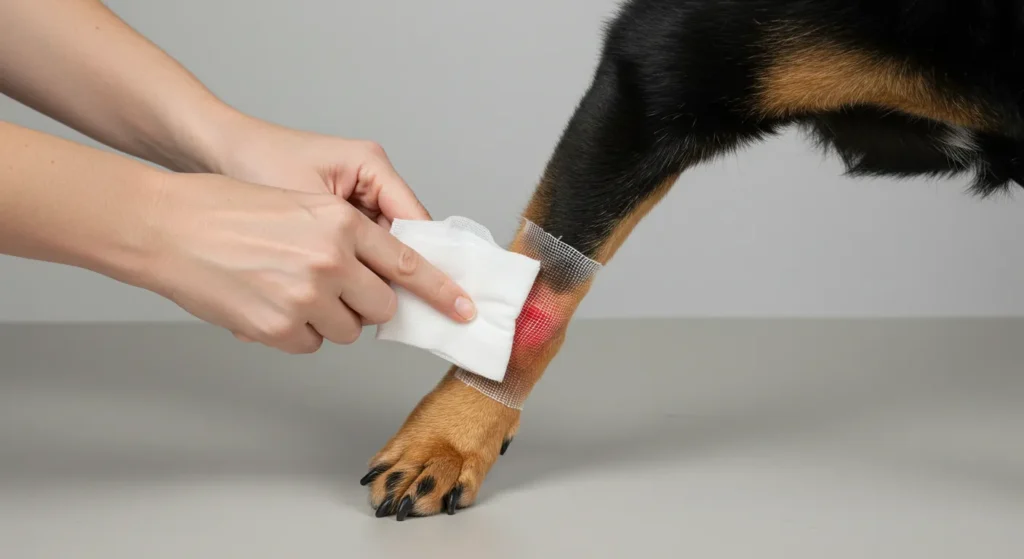
Common Dog Emergencies and First Aid Steps
Remember: First aid is NOT a substitute for veterinary care. Always contact your vet or an emergency clinic after providing initial aid. Stay calm, assess the situation, and prioritize your safety.
- Bleeding (External):
- Action: Apply direct, firm pressure to the wound using sterile gauze or a clean cloth. Hold pressure continuously for 3-5 minutes. If bleeding soaks through, add more gauze on top; don’t remove the initial layer. If bleeding is severe or doesn’t stop, apply pressure and seek immediate vet care. For limb bleeding, pressure can sometimes be applied to the corresponding artery (e.g., femoral artery in the groin for hind leg).
- Caution: Avoid tourniquets unless instructed by a vet in a life-threatening hemorrhage situation, as they can cause severe tissue damage.
- Choking:
- Signs: Pawing at the mouth, gagging, coughing forcefully (or weakly/silently), difficulty breathing, blue-tinged gums/tongue, collapse.
- Action (If dog can still cough/gag): Stay calm, keep the dog calm, and transport to the vet immediately. Don’t interfere if they are actively trying to dislodge it.
- Action (If dog cannot breathe/is collapsing):
- Check Mouth: Carefully open the mouth (protect yourself) and look for an object. If visible and easily graspable, try to remove it with fingers or pliers/tweezers. Be careful not to push it further down.
- Heimlich Maneuver (Canine): If the object isn’t visible/removable:
- Small Dogs: Hold dog with back against your stomach, head up. Place fist just below the rib cage. Give several quick, firm upward thrusts.
- Large Dogs: If standing, wrap arms around belly, make fist below rib cage, give quick upward thrusts. If lying down, place one hand on back for support, use other hand to thrust upward behind rib cage.
- Check Mouth Again: After thrusts, check the mouth for the object.
- Rescue Breathing (If Not Breathing): If object removed but dog isn’t breathing, start rescue breaths (close mouth, breathe into nose every 4-5 seconds) and seek immediate vet care.
- Transport: Even if the object is dislodged, see a vet to check for injury.
- Poisoning/Toxic Ingestion:
- Signs: Vomiting, diarrhea, drooling, seizures, lethargy, collapse, difficulty breathing, abnormal behavior (varies widely depending on toxin).
- Action:
- Identify Toxin: If possible, safely identify what the dog ingested (plant, chemical, medication, food), how much, and when. Bring any packaging/label with you.
- Call for Help: Immediately call your vet, emergency clinic, or ASPCA Poison Control. DO NOT induce vomiting unless specifically instructed by a professional. Some substances cause more harm coming back up.
- Follow Instructions: Follow the expert’s advice precisely.
- Common Toxins: Chocolate, xylitol (sweetener), grapes/raisins, onions/garlic, human medications (NSAIDs, antidepressants), rodenticides, antifreeze, certain plants (lilies, sago palm).
- Seizures:
- Signs: Loss of consciousness, uncontrolled muscle movements (paddling, jerking), drooling, involuntary urination/defecation.
- Action:
- Stay Calm & Ensure Safety: Keep the dog safe from injury (move furniture away, keep away from stairs). Do NOT put your hands near their mouth (they may bite unintentionally).
- Time the Seizure: Note the start and end time.
- Cool Down (If Prolonged): If seizure lasts > 3-5 minutes or multiple occur, cool the dog with cool (not ice cold) water on paws/belly while en route to vet (overheating can occur).
- Quiet Environment: After seizure, keep dog calm and quiet in a dim area.
- Contact Vet: Call your vet, even for a short seizure, to report the event and discuss next steps.
- Heatstroke:
- Signs: Excessive panting, bright red gums, thick/sticky saliva, vomiting, diarrhea, dizziness, weakness, collapse, seizures.
- Action: This is a critical emergency!
- Move to Cool Area: Immediately move dog to shade or air conditioning.
- Cool Down: Apply cool (not ice cold) water over their body, focusing on paws, groin, and head/neck. Use a fan if possible. Do not overcool.
- Offer Water: Offer small amounts of cool water if conscious and able to drink.
- Transport to Vet Immediately: Continue cooling measures during transport. Heatstroke requires urgent veterinary treatment to manage organ damage.
- Burns:
- Action (Thermal/Chemical): Immediately flush the area with cool running water for 10-15 minutes. Cover loosely with a sterile, non-stick dressing. Contact vet.
- Insect Stings/Allergic Reactions:
- Signs (Mild): Local swelling, redness, pain at sting site.
- Signs (Severe/Anaphylaxis): Facial swelling, hives, difficulty breathing, vomiting, diarrhea, pale gums, collapse. This is an emergency!
- Action (Mild): Remove stinger if visible (scrape, don’t squeeze). Apply cool compress. Consult vet about giving diphenhydramine (Benadryl).
- Action (Severe): Seek immediate veterinary care.
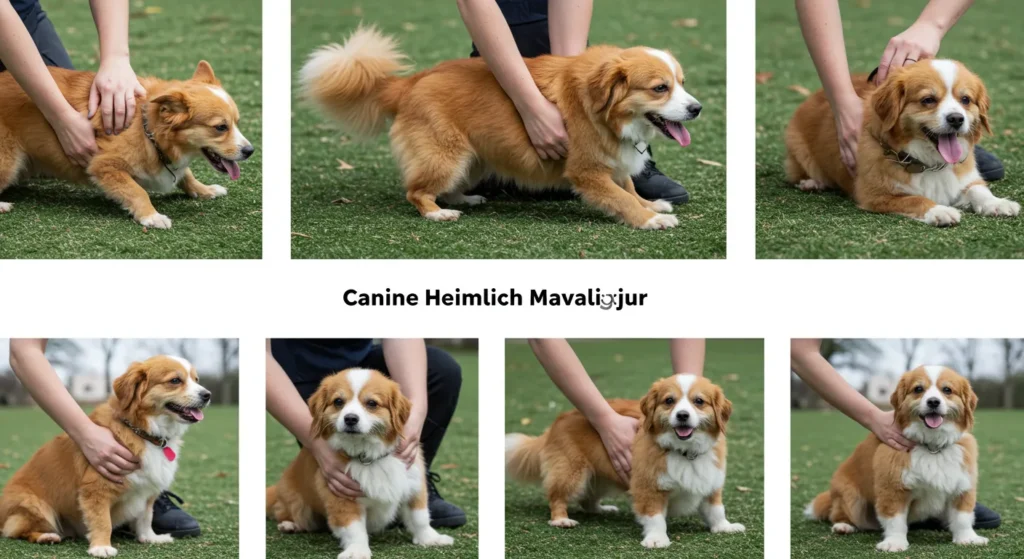
When to Seek Immediate Veterinary Care
While first aid is crucial, some situations always require immediate professional help. Go to the vet ER immediately if your dog experiences:
- Difficulty breathing or choking
- Severe bleeding or bleeding that won’t stop
- Collapse or loss of consciousness
- Seizures (especially if prolonged or repeated)
- Signs of heatstroke
- Known or suspected poisoning
- Severe pain
- Major trauma (hit by car, fall from height)
- Inability to urinate or defecate
- Bloated, distended, hard abdomen (possible GDV/Bloat)
- Severe vomiting or diarrhea (especially with blood)
- Eye injuries
Always err on the side of caution. If you are worried, call your vet.
Key Takeaways: First Aid Tips Every Dog Owner Must Know
- Be Prepared: Assemble a comprehensive dog first aid kit and know basic techniques.
- Stay Calm: Your calm demeanor helps your dog and allows you to think clearly.
- Safety First: Protect yourself from being bitten by an injured or scared dog (use muzzle if safe).
- Know Common Emergencies: Understand basic steps for bleeding, choking, poisoning, seizures, heatstroke.
- Contact Professionals: First aid stabilizes; always contact your vet or poison control immediately.
- Kit Essentials: Gauze, tape, antiseptic, saline, thermometer, muzzle, vet/emergency numbers.
- Immediate Vet Care: Recognize critical signs requiring immediate ER visit (breathing issues, severe bleeding, collapse, seizures, heatstroke, poisoning, major trauma).
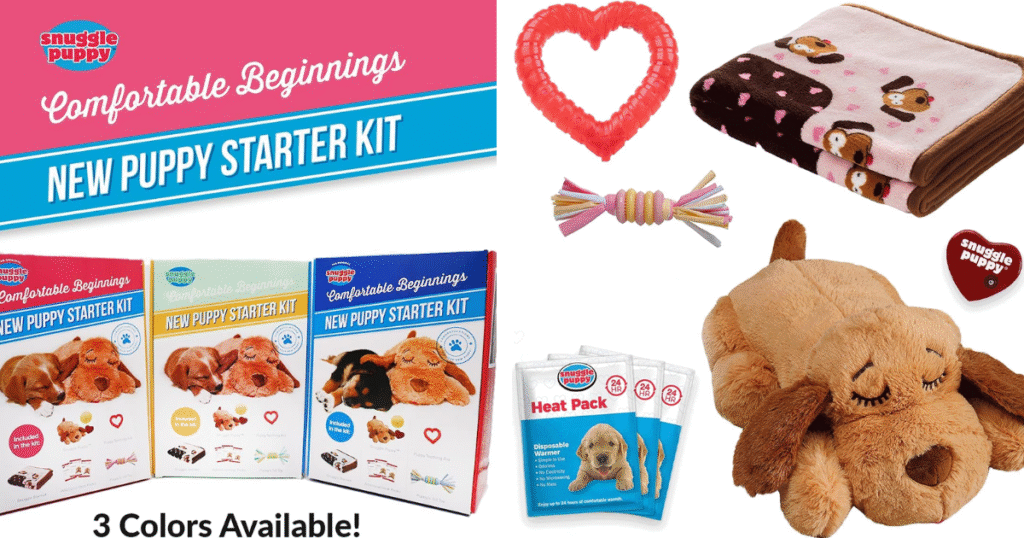
Conclusion: Empowerment Through Preparation
Knowing essential first aid tips every dog owner must know transforms potential panic into purposeful action during an emergency.
While we hope never to use this knowledge, being prepared with a well-stocked canine first aid kit and understanding basic procedures for common situations like bleeding, choking, or poisoning can be life-saving.
Remember that dog first aid is about providing immediate, stabilizing care before and during transport to professional veterinary help.
By taking the time to learn these skills and prepare your kit, you empower yourself to be the best possible advocate and first responder for your dog, ensuring they receive the prompt care they need in a crisis. Your preparation is a testament to the love and commitment you have for your furry family member.
For more insightful articles and tips on pet care and insurance, be sure to explore more at Tech Havela. Your pet’s health is worth it!
**Sidnir Vieira**
Founder of TechHavela
A passionate pet and tech content creator, helping dog owners across the U.S. make smarter decisions for their furry friends.

